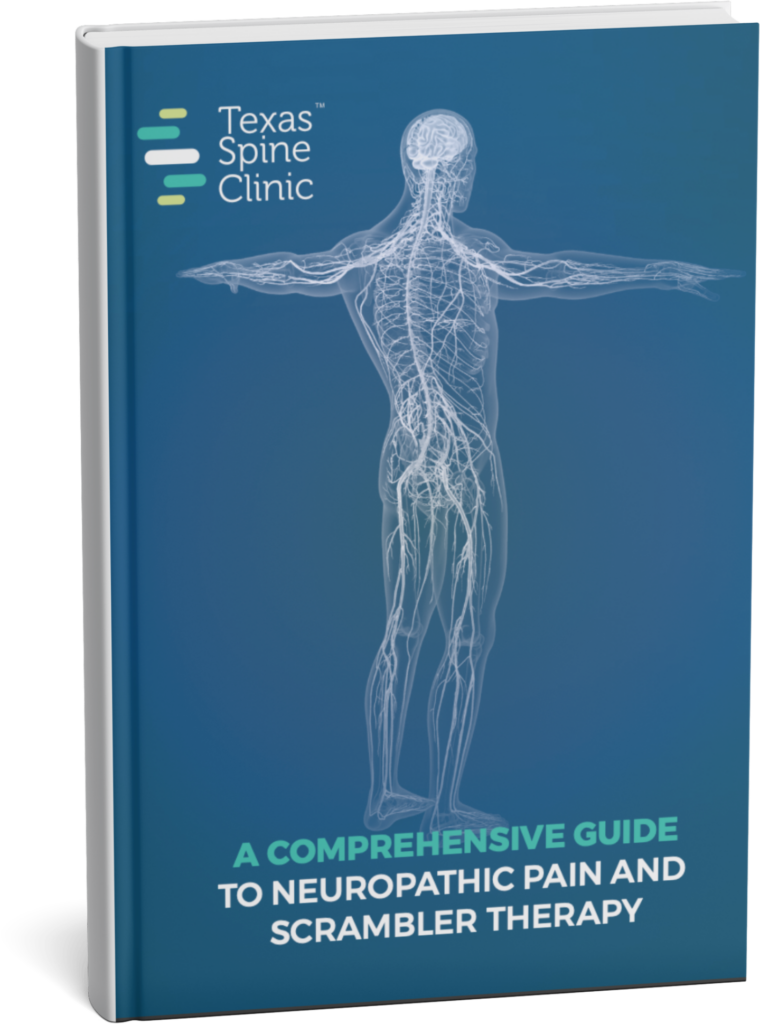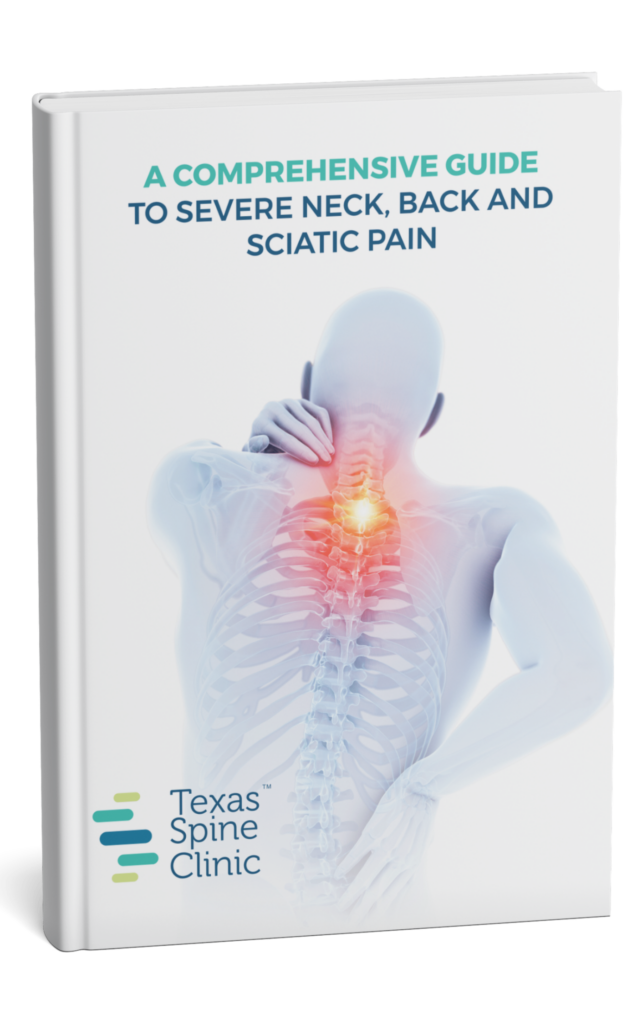Scrambler Therapy for Neuropathic Pain
and Cancer Pain
Scrambler Therapy for Peripheral Neuropathy and a host of other Chronic Nerve Pain Syndromes
A Non-Invasive Solution at Texas Spine Clinic
Are you ready to learn how you can finally ease the pain of your peripheral neuropathy or other chronic nerve pain without medications, surgery or wasting money on gimmicky pills that don don’t work?
At Texas Spine Clinic, we offer the newest and most advanced non-surgical treatment for neuropathic pain, Scrambler Therapy. This non-invasive, FDA-Approved treatment can provide significant and lasting relief for many patients suffering from neuropathic pain syndromes. This treatment is being used by some of the largest and most respected health institutions in the world. Keep reading to learn more!
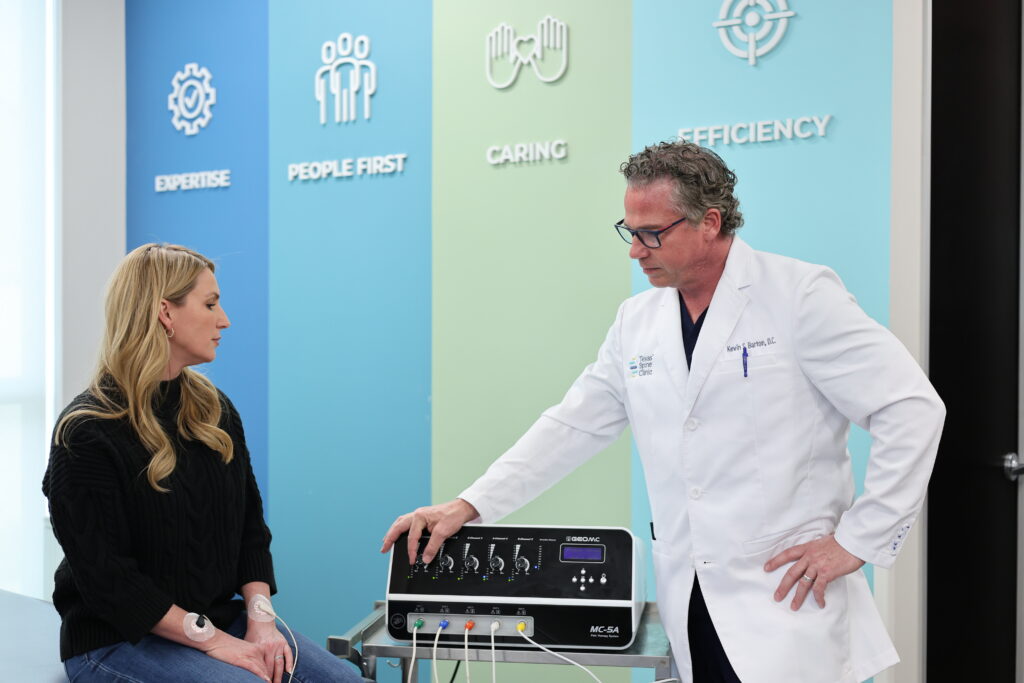
Scrambler Therapy for Neuropathy
and a host of other Chronic Pain Syndromes:
A Non-Invasive Solution at Texas Spine Clinic

What is Neuropathic Pain?
Neuropathic pain is a chronic pain condition caused by damage or dysfunction in the nervous system. It is often described as a burning, shooting, stabbing, or electric shock type pain. Unlike acute pain, which is a normal sensation that warns us of injury, neuropathic pain can persist even after the initial injury has healed. It can be caused by various conditions, including diabetes, viral infections, trauma, and certain medical treatments like chemotherapy.
FEATURED RESOURCE - FREE E-BOOK
Understanding Neuropathic Pain & Scrambler Therapy
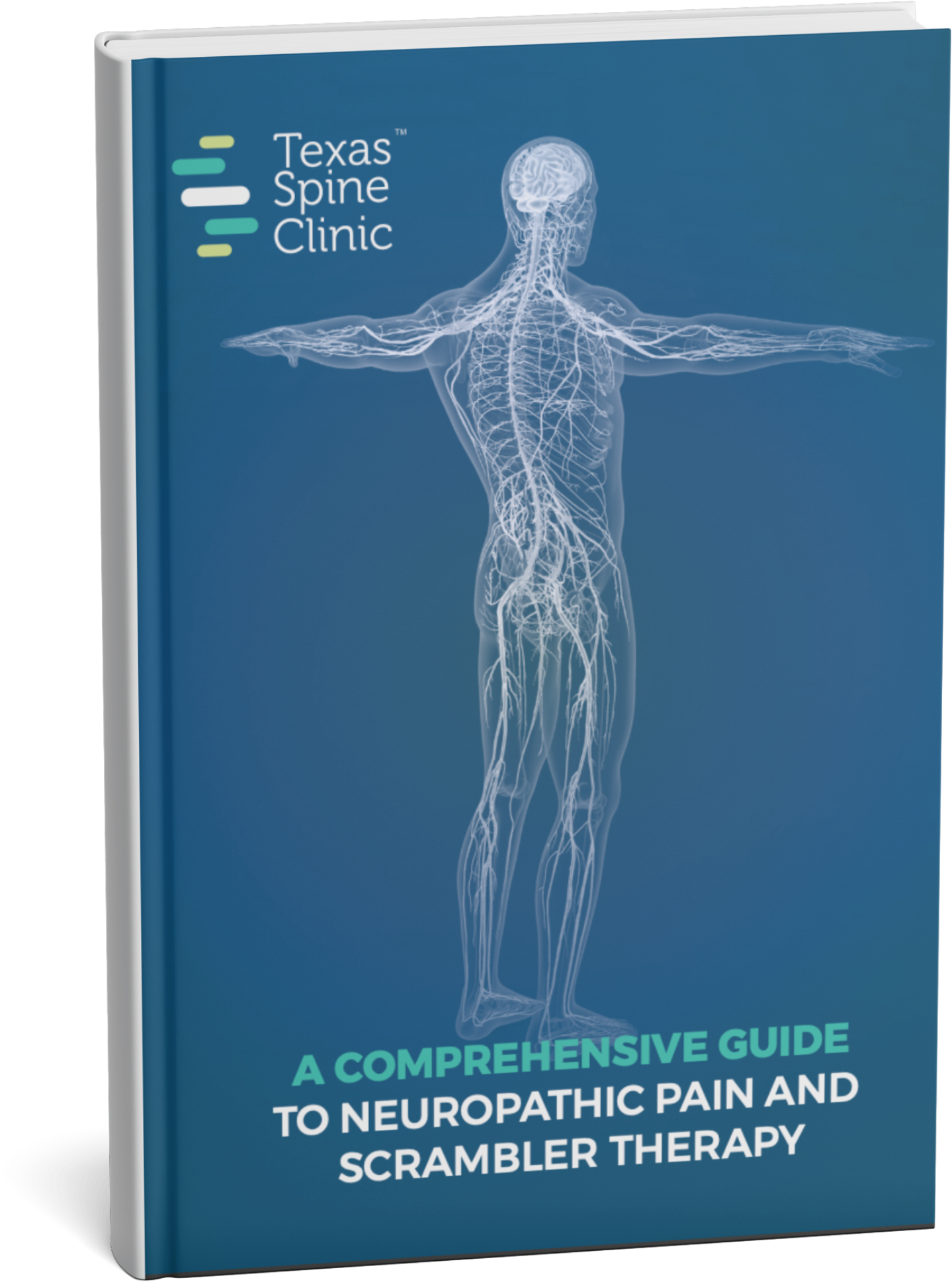
How Does it Work?
Scrambler Therapy’s mechanism of action is based on the concept of “information control”. It works by transmitting “scrambled” artificial waveforms generated by the Scrambler Device that are assembled into dynamic strings of information. These waveforms are calibrated to synchronize with surface receptors on C-fibers, which are nerve fibers responsible for transmitting pain signals. By modifying the sensitivity of these receptors, Scrambler Therapy aims to convert endogenous pain information into synthetic “non-pain” information.
By modifying the sensitivity of these receptors, Scrambler Therapy aims to convert endogenous pain information into synthetic “non-pain” information. Over time, the new “non-pain” information is recognized by the brain as the new default signal rather than the pain. This process of teaching the brain new information is known as neuroplasticity and works just like teaching your brain a new language. A “non-painful” one!
- 16 different synthetic action potentials: These are the building blocks of the “scrambled” information.
- Packet frequency (43-52 Hz): This refers to the frequency at which the packets of action potentials are delivered.
- Packet time duration (0.7-10 seconds): This is the duration of each packet of action potentials.
- Amplitude of modulation: This refers to the variation in the strength of the electrical signals.
What is Scrambler Therapy?
Scrambler Therapy is a revolutionary approach to pain management that uses a unique technology to “scramble” pain signals before they reach the brain. It involves the application of electrodes to the skin, delivering precisely modulated electrical signals that modify the way the brain perceives pain. Essentially, it “re-educates” the nervous system, replacing pain signals with non-pain signals.
How Does it Work?
The Scrambler Therapy electro-analgesic device utilizes an advanced algorithm that produces a synthetic “no-pain” signal that is transmitted through healthy nerve tissue proximal to the nerve damage/pain to allow the central nervous system and brain to receive a normal signal rather than the previous painful signal. The repetition of this therapy over the course of the treatment re-modulates and trains the neuroplasticity of the brain for long term improvement.
Scrambler Therapy Treats a Wide Array of Pain
Neuropathic Pain Syndromes and Intractable Cancer Pain
Scrambler Therapy has been shown to be 80-90% effective for a variety of neuropathic pain conditions and cancer pain, including:
What Types of Pain Can it Treat?
Scrambler Therapy has been shown to be effective for a variety of chronic pain conditions, including:
What Types of Pain Can Scrambler Therapy Treat?
Scrambler Therapy has been shown to be effective for a variety of neuropathic pain conditions and cancer pain, including:
- Peripheral neuropathy
- Diabetic neuropathy
- Chemotherapy induced peripheral neuropathy
- CRPS-Complex Regional
- Pain Syndrome
- Phantom limb pain
- Post herpetic neuralgia
- Failed Back Surgery Syndrome
- Severe neck/back pain
- Severe headaches
- Facial pain
- Brachial plexus neuropathy
- Cancer pain
- Endometriosis pain.
What to Expect During Treatment
Scrambler Therapy is a non-invasive and comfortable treatment.
- Electrode Placement: During a session, electrodes are placed on the skin in the area near your pain. The Scrambler Tech will adjust the intensity until you feel a gentle tingling sensation.
- Treatment Session:
The treatment session typically lasts 30-45 minutes. - Treatment Course:
A typical course of Scrambler Therapy involves daily sessions for 10-12 days.
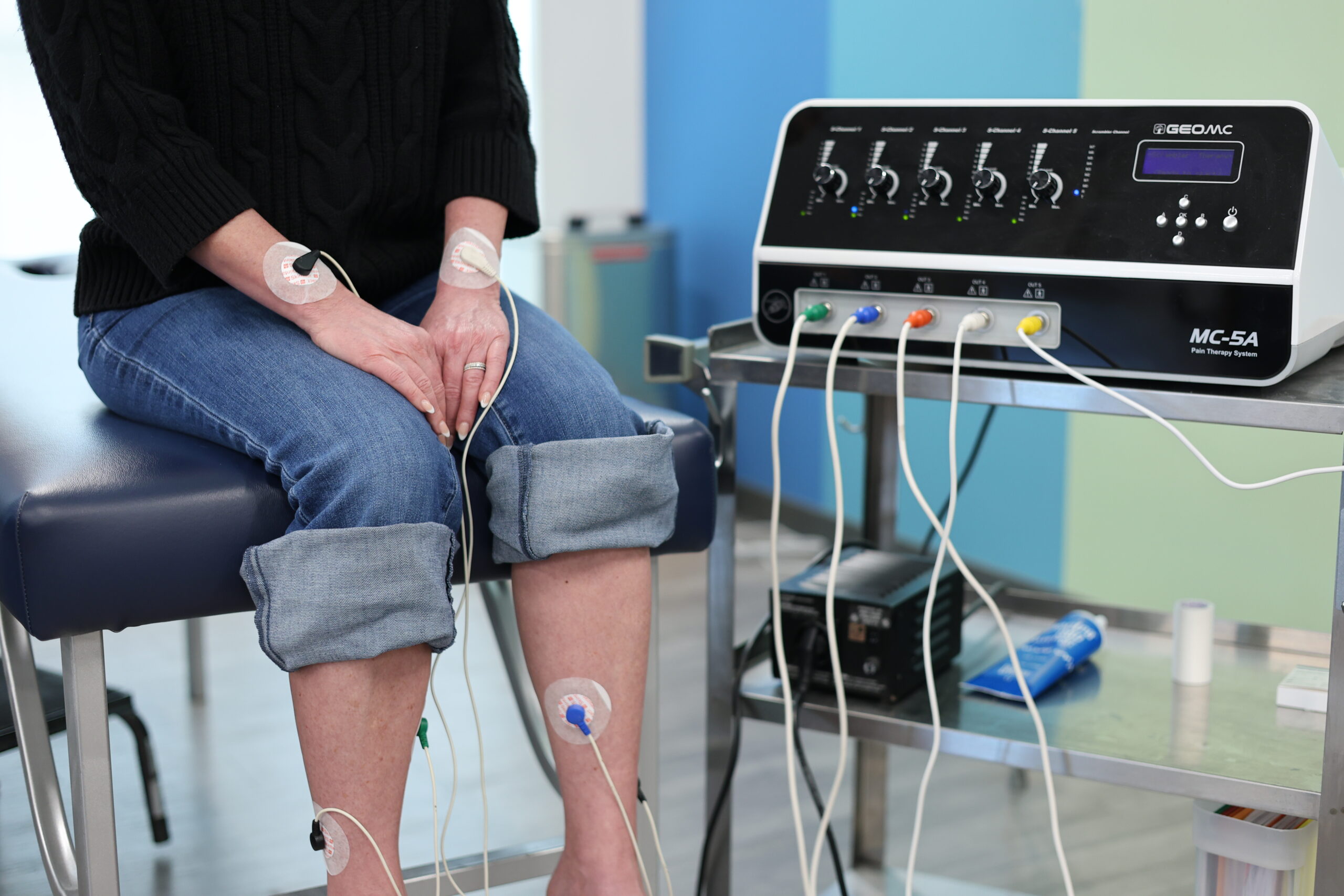

What to Expect During Treatment
Scrambler Therapy is a non-invasive and relatively comfortable procedure.
- Electrode Placement: During a session, electrodes are placed on the skin in the area surrounding your pain.
- Treatment Session: The treatment session typically lasts 30-45 minutes. Sensations: You may experience mild tingling or vibrations during the
- Treatment Course: A typical course of Scrambler Therapy involves daily sessions for 10-12 days.
Scrambler Therapy at Leading Institutions
- Johns Hopkins Medicine: Recognized for its use in treating chronic pain, including cancer pain and complex regional pain syndrome.
- Cleveland Clinic: Employed to help patients with neuropathic pain reduce or eliminate their reliance on medications.
- Mayo Clinic: Helping treat a variety of Pain Management conditions with a non-invasive approach.
- MD Anderson: Helping patients with chemotherapy induced neuropathy.
- UCLA: Offered as a non-invasive option for managing various chronic pain conditions.
- University Hospitals: Used to treat patients with chemotherapy-induced neuropathy and other chronic pain conditions.
Scrambler Therapy
Is this the answer to neuropathy pain?
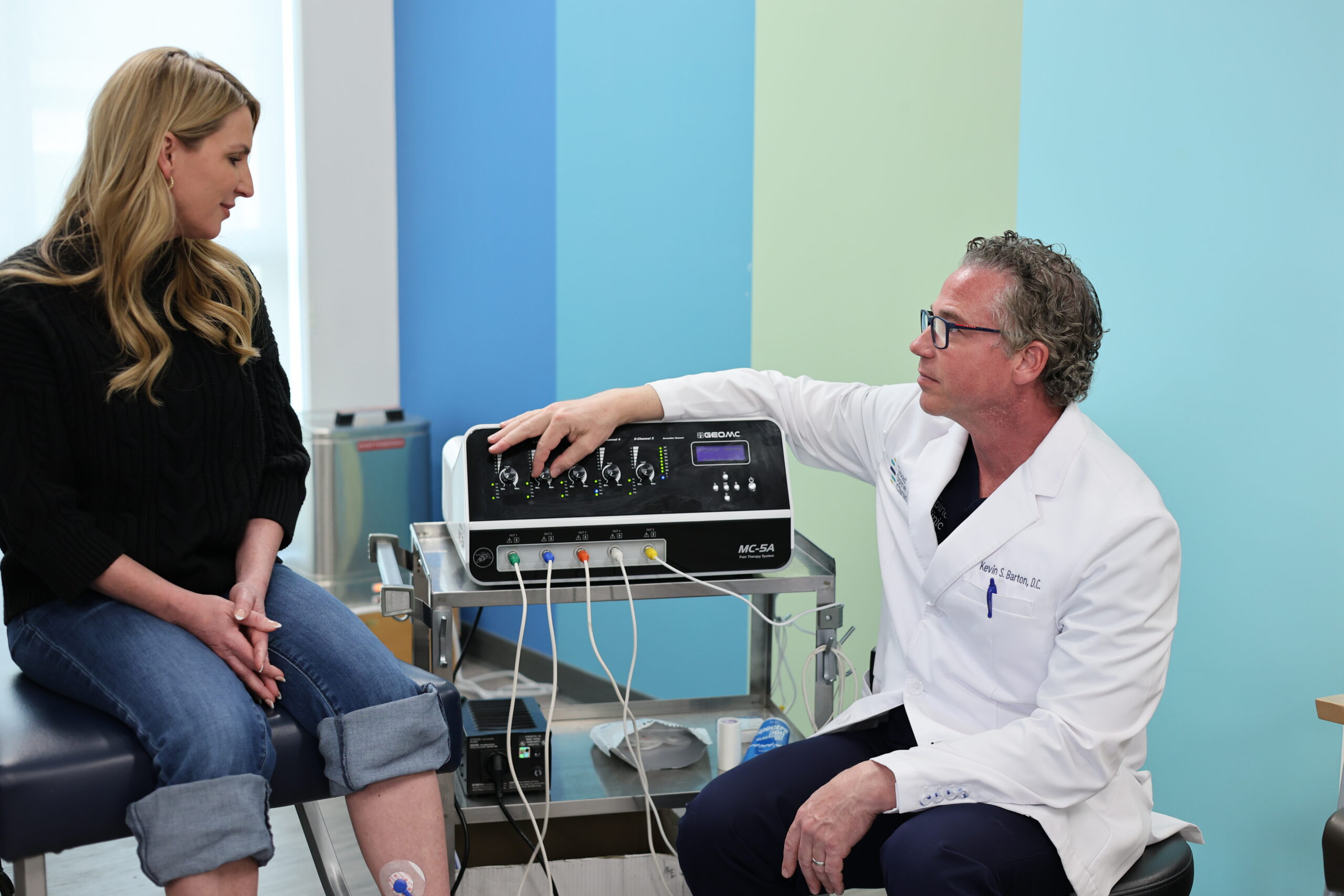
Get relief from nerve pain in as little as one session
Discover why leading medical institutions like the Mayo Clinic and Johns Hopkins are embracing a revolutionary non-surgical treatment that’s helping patients throw away their canes and pain medications
Research

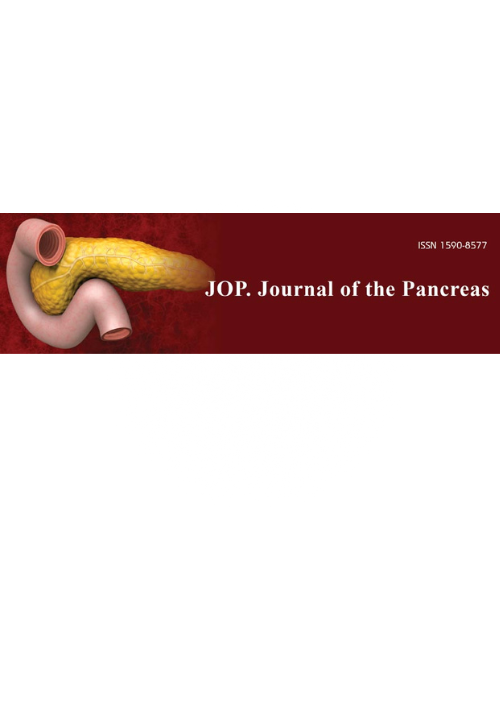




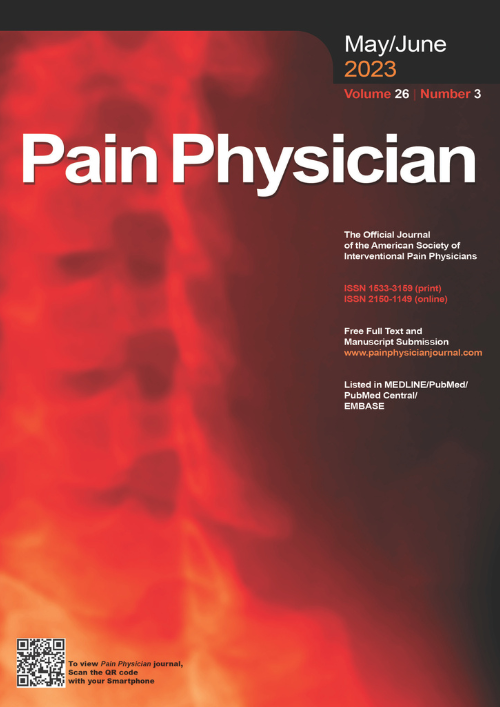


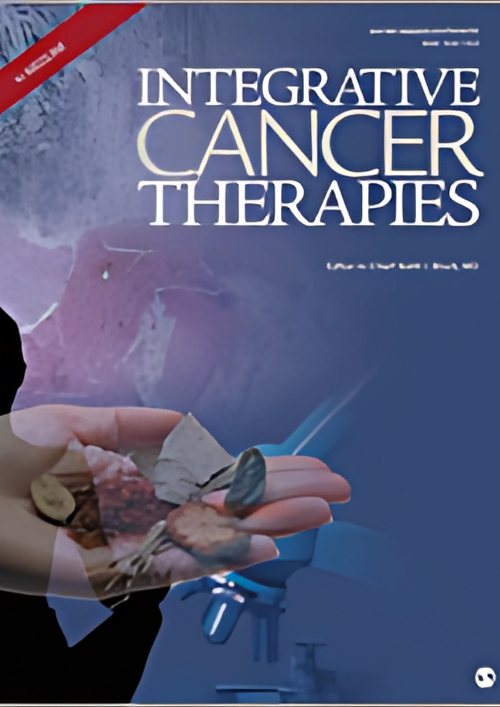




































































































Scrambler Therapy at Leading Institutions
Texas Spine Clinic is proud to offer this advanced pain management technique. Scrambler Therapy is also being utilized at leading medical institutions across the country, including:
- Johns Hopkins Medicine: Recognized for its use in treating chronic pain, including cancer pain and complex regional pain syndrome.
- Cleveland Clinic: Employed to help patients with neuropathic pain reduce or eliminate their reliance on medications.
- Mayo Clinic: Helping treat a variety of Pain Management conditions with a non-invasive approach.
- MD Anderson: Helping patients with chemotherapy induced neuropathy.
- UCLA: Offered as a non-invasive option for managing various chronic pain conditions.
- University Hospitals: Used to treat patients with chemotherapy-induced neuropathy and other chronic pain conditions.
If you’re struggling with chronic neuropathic pain and haven’t found relief with other treatments, Scrambler Therapy may be an option for you. Contact Texas Spine Clinic today to schedule a consultation and learn more about this innovative pain management solution.

